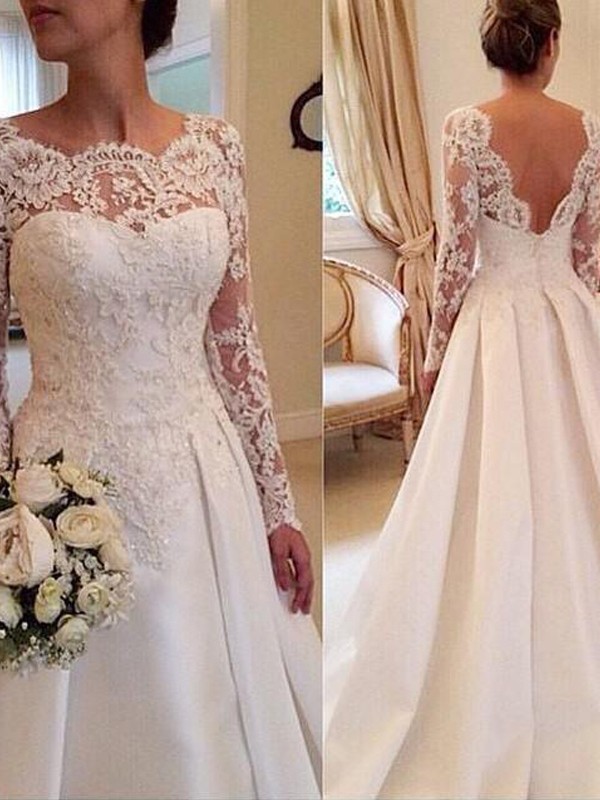Vintage suits are more than just clothing; they are pieces of history that carry with them the charm and sophistication of past eras. Whether you’ve inherited a classic suit from a family member, discovered a hidden gem in a thrift store, or simply want to breathe new life into an old favorite, restyling and altering vintage suits can transform them into timeless statements of elegance.
The Allure of Vintage Suits
Vintage suits have a unique appeal that modern suits often lack. They tell stories of the past, exuding a sense of nostalgia and elegance that is difficult to replicate. The craftsmanship, materials, and attention to detail in vintage suits often surpass those of contemporary garments. From the fine fabrics to the hand-stitched seams, vintage suits represent a level of quality that has stood the test of time.
However, as beautiful as they are, vintage suits may not always fit perfectly or align with modern fashion sensibilities. This is where restyling and dress alteration come into play, allowing you to preserve the suit’s classic charm while making it suitable for today’s wear.
Restyling Vintage Suits: Restyling a vintage suit involves updating its appearance while retaining its classic elements. The goal is to bring the suit in line with contemporary trends without compromising its vintage charm. Here are some restyling ideas:
1. Slimming the Silhouette: Vintage suits often have a looser fit, particularly in the trousers and jacket. Slimming the silhouette can make the suit look more modern and flattering. A tailor can taper the trousers, take in the jacket sides, and adjust the sleeves for a sleeker look.
2. Shortening the Jacket: A common characteristic of vintage suits is a longer jacket length. Shortening the jacket slightly can give it a more contemporary look while still preserving its classic appeal. Be careful not to shorten it too much, as this can alter the suit’s proportions.
3. Mixing and Matching: Consider mixing the vintage suit pieces with modern garments. For example, pair the vintage jacket with modern slim-fit trousers or wear the vintage trousers with a contemporary blazer. This approach allows you to create a unique, personalized look that blends the best of both worlds.
4. Adding Modern Details: Incorporating modern details, such as slimmer lapel widths, contemporary buttons, or a different lining color, can breathe new life into a vintage suit. These subtle changes can make the suit feel fresh while still honoring its original design.
Alterations for a Perfect Fit: Alterations are key to ensuring that a vintage suit fits you perfectly. Even the most beautiful vintage suit won’t look its best if it doesn’t fit well. Here are some common alterations for vintage suits:
1. Adjusting the Shoulders: Suit alteration is challenging but can make a significant difference in the suit’s overall fit. If the shoulders are too wide or narrow, a skilled tailor can adjust them for a more tailored appearance.
2. Tailoring the Waist: The jacket’s waist can be taken in or let out to ensure a comfortable yet flattering fit. A well-tailored waist creates a sharp silhouette that enhances your natural shape.
3. Sleeve Length: The sleeve length should be adjusted so that it ends just above the wrist, allowing about half an inch of shirt cuff to show.
4. Trouser Adjustments: Vintage trousers may need to be hemmed, tapered, or adjusted at the waist for a better fit. If the trousers are too wide, tapering them can create a more streamlined appearance.
Caring for Your Altered Vintage Suit
Here are some tips for caring for your newly revived vintage suit:
Dry Clean Sparingly: Frequent dry cleaning can weaken the fabric and cause it to lose its shape. Only dry clean your suit when necessary, and choose a dry cleaner experienced in handling vintage garments.
Store Properly: Store your suit on a padded hanger to maintain its shape. Put it in a ventilated garment bag to keep dust and moths away.
Handle with Care: Be gentle when putting on and taking off your suit to avoid stressing the seams and fabric.
Repair Promptly: Address any minor repairs, such as loose buttons or small tears, as soon as possible to prevent further damage.
